Match the classes of drugs given in Column I with their action given in Column II.
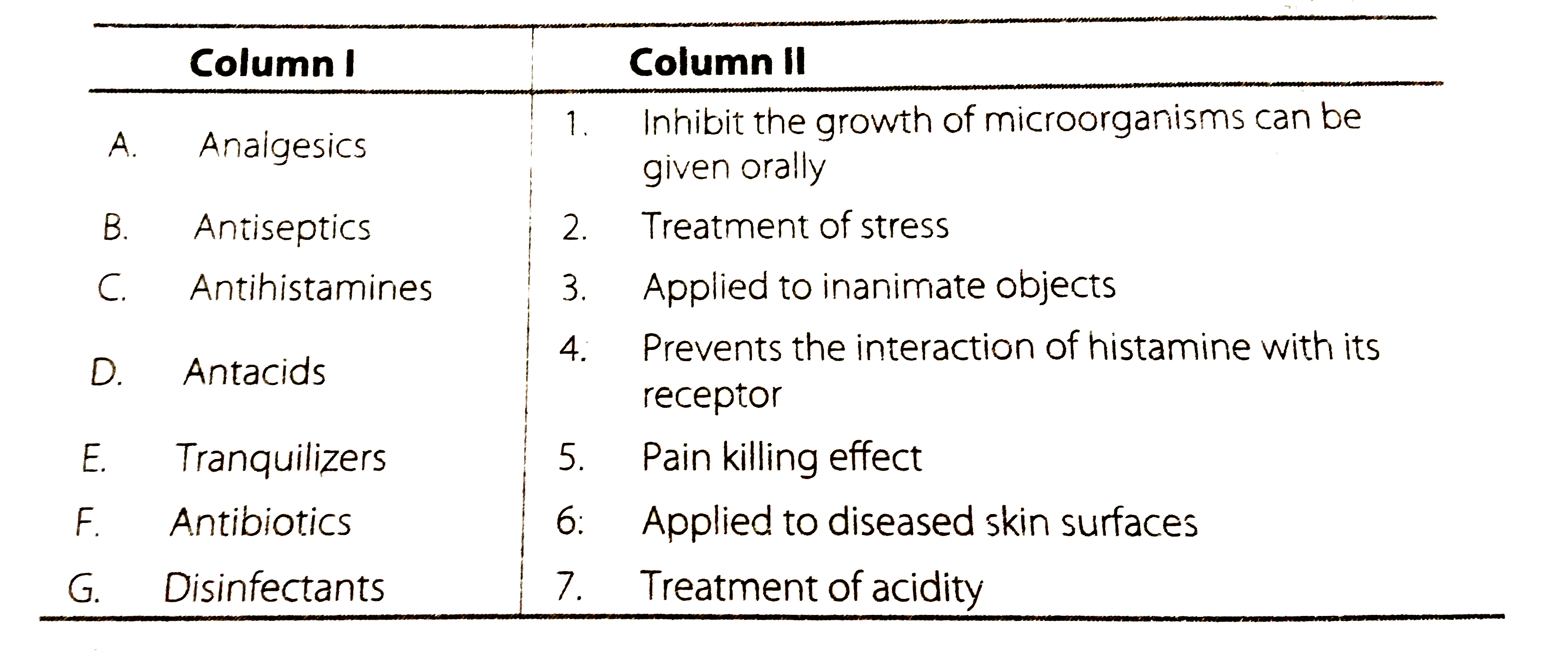
The correct Answer is:
A. Analgesics reduce or abolish pain without causing impariment of consciousness, metal coordinatin or paralysis or some other disturbances of nervous system, e.g., asprin.
B. Antiseptics are are the chemicals which either either kill or prevent the growth of microorganisms. They are applied to living tissues such as wounds cuts etc. e.g., tincture of iodine.
C. Antihistamines are anti-allergic drugs. These drugs interfere with the natural action of histamine by competing with histamine for binding sites of receptor where histamine exerts its effect e.g., seldane.
D. Antacids are used to neutralise excess of acid released in stomach e.g., mixture of and .
E. Tranquillizers are used for the treatment of stress , and mild or even severe mental diseases e.g., equanil.
F. Antibiotics are antimicrobial drugs. Antibiotics are used as drugs to treat infections because of their toxicity for humans and animals e.g., chloramphenicol.
G. Disinfectants are the chemicals which either kill or prevent the growth of microoganisms but they can be applied on non-living objects e.g., 1 per cent solution of phenol.
Topper's Solved these Questions
- BOOK - NCERT EXEMPLAR ENGLISHCHAPTER - CHEMISTRY IN EVERYDAY LIFEEXERCISE - Assertion and Reason14videos
CHEMISTRY IN EVERYDAY LIFE
- BOOK - NCERT EXEMPLAR ENGLISHCHAPTER - CHEMISTRY IN EVERYDAY LIFEEXERCISE - Long Answer Type Qns4videos
CHEMISTRY IN EVERYDAY LIFE
- BOOK - NCERT EXEMPLAR ENGLISHCHAPTER - CHEMISTRY IN EVERYDAY LIFEEXERCISE - Short Answer Type39videos
CHEMISTRY IN EVERYDAY LIFE
- BOOK - NCERT EXEMPLAR ENGLISHCHAPTER - CHEMICAL KINETICSEXERCISE - LONG ANSWER TYPE QUESTIONS5videos
CHEMICAL KINETICS
- BOOK - NCERT EXEMPLAR ENGLISHCHAPTER - COORDINATION COMPOUNDSEXERCISE - Long Answer Type Question5videos
COORDINATION COMPOUNDS
Similar Questions
Match the class of compounds given in Column I with their functions given in Column II.
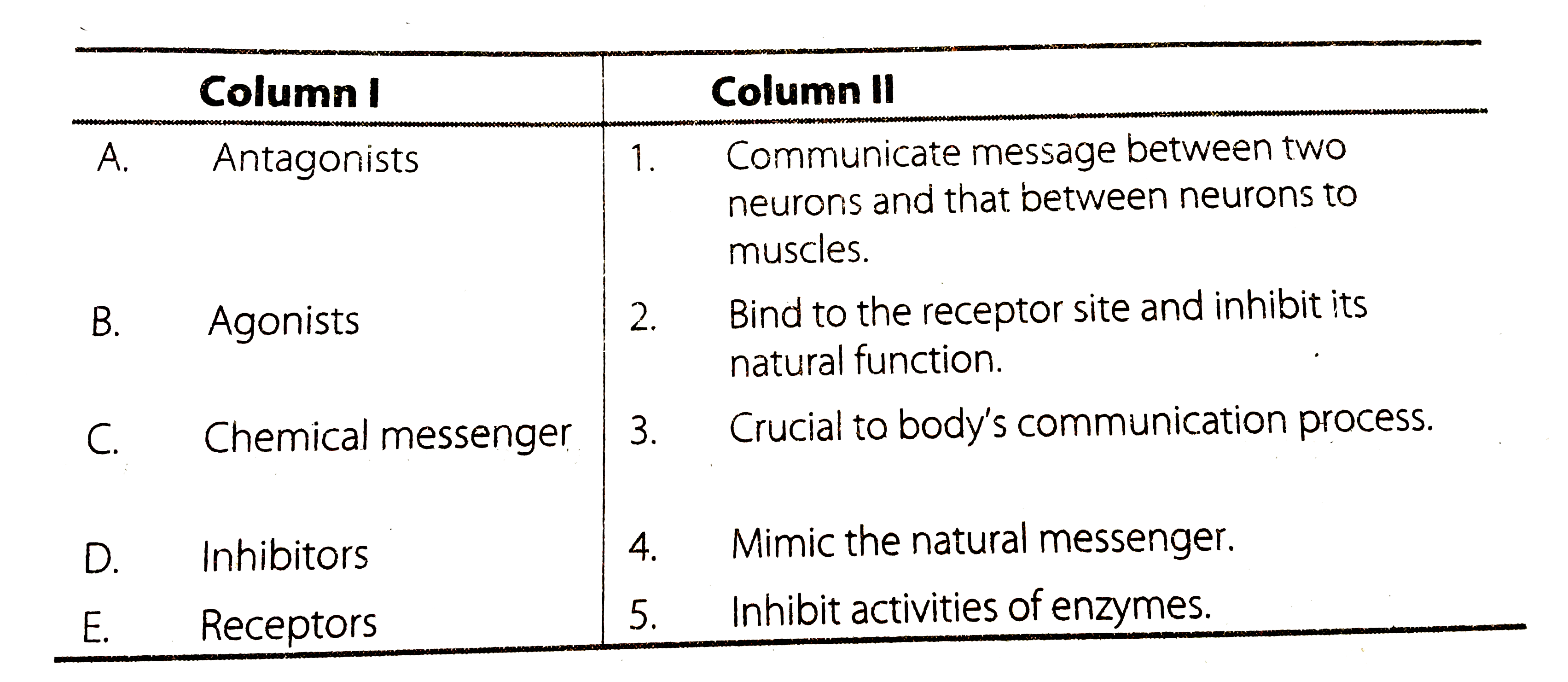 View Solution
View SolutionMatch the polymers given in column I with their main applications given in column II
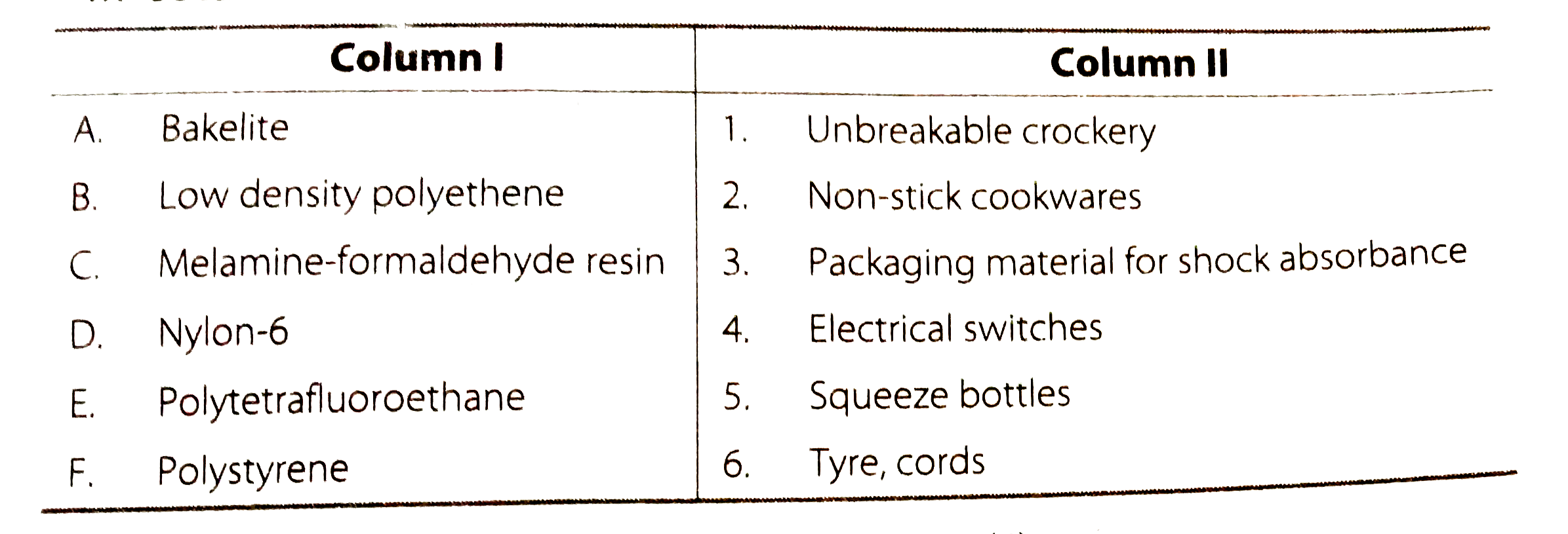 View Solution
View SolutionMatch the reactions given in Column I with the type of reactions given in Column II
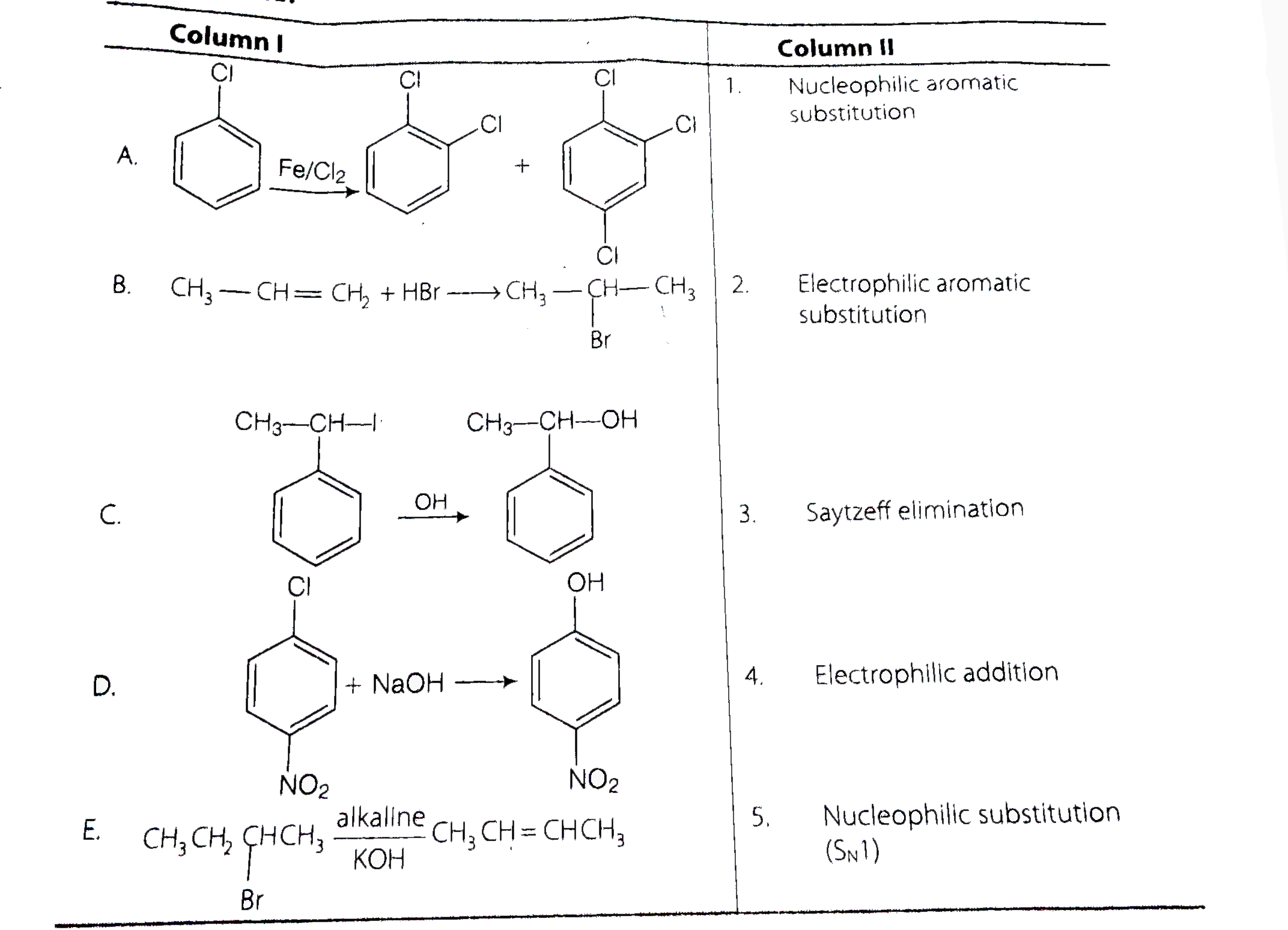 View Solution
View SolutionMatch the polymer given in Column I with their chemical names given in Column II
 View Solution
View SolutionMatch the ions given in Coumn I with their nature given in Column II.
 View Solution
View SolutionMatch the statements given in Column I with the oxidation states given in Column II.
 View Solution
View SolutionMatch the polymers given in column I with their repeating units given in column II
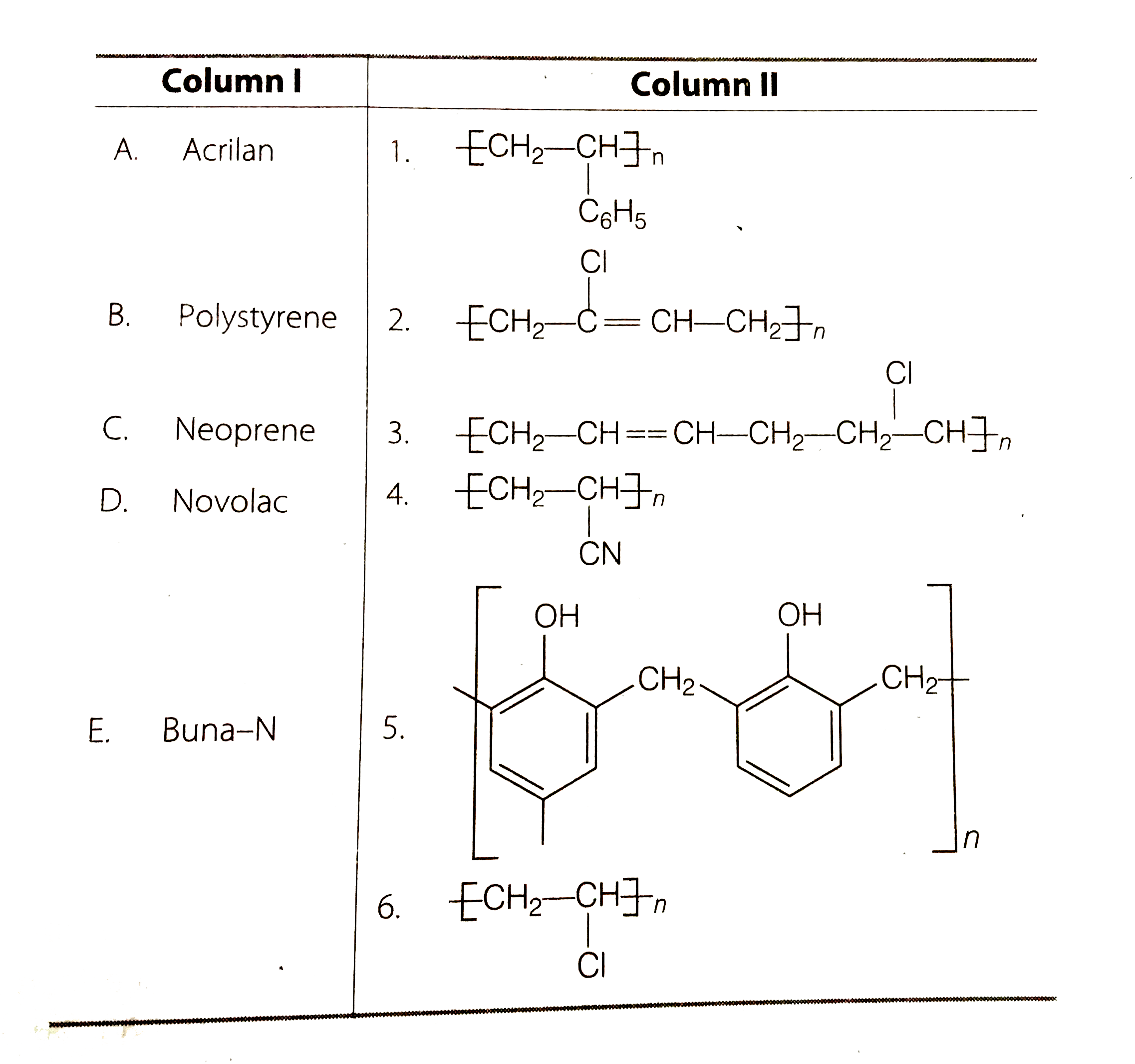 View Solution
View SolutionMatch the terms given in Column I with the compound given in Column II.
 View Solution
View Solutionmatch the types of defect given in column I with the statement given in column II.
 View Solution
View Solutionmatch the types of defect given in column I with the statement given in column II.
 View Solution
View Solution

